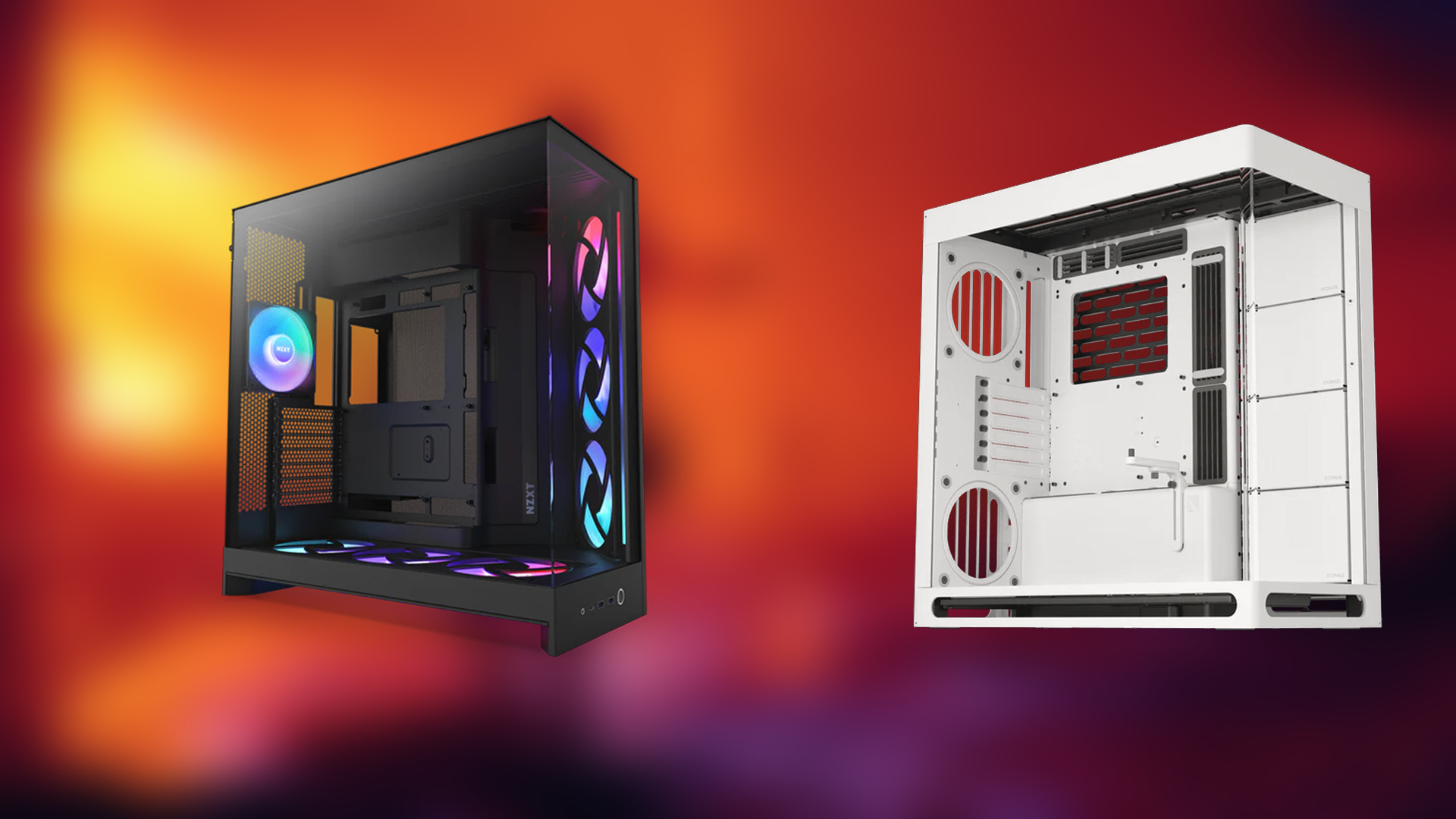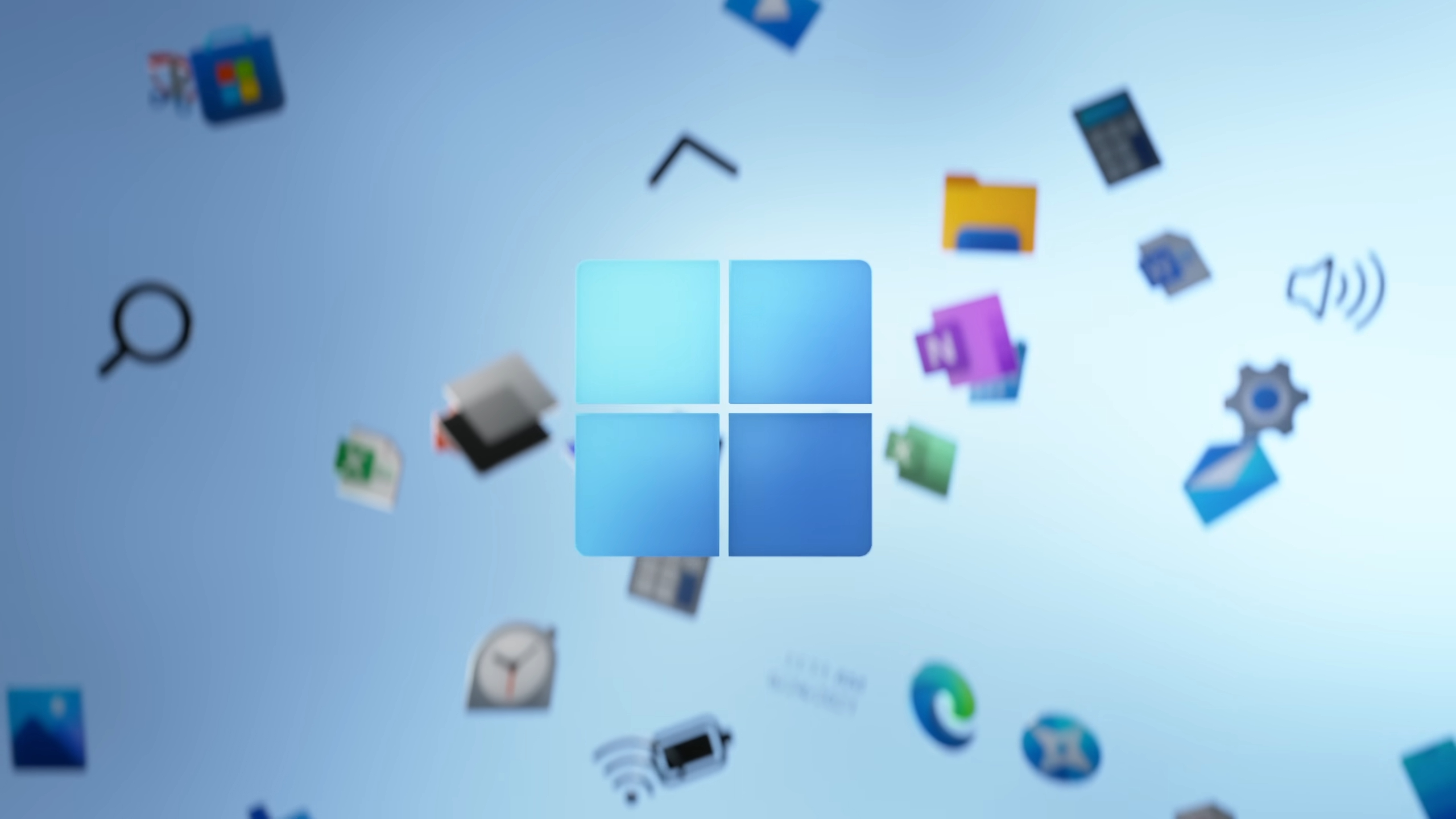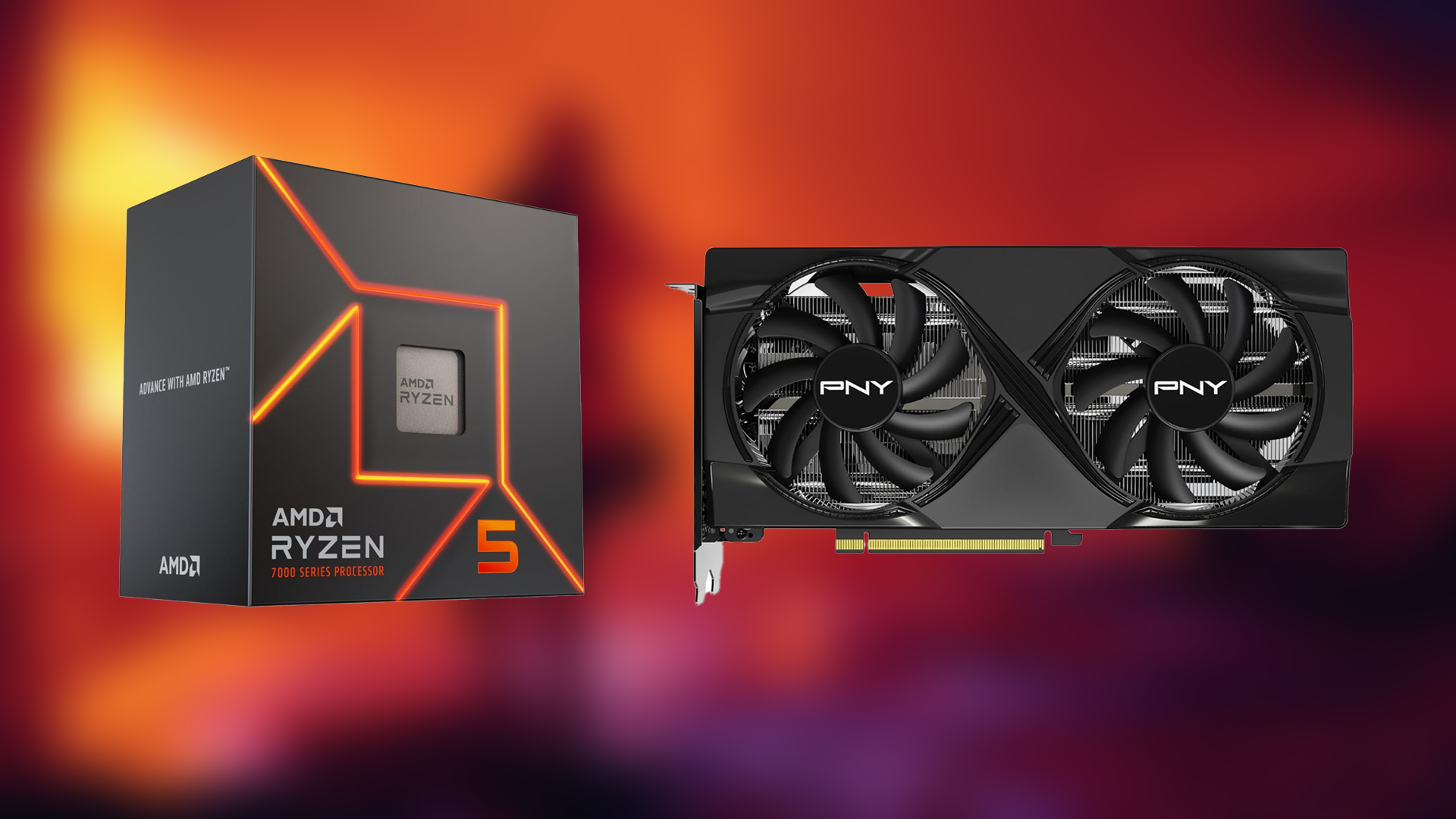A detailed comparison of the Exynos 1580 and Dimensity 8400 Ultra, covering their specifications, strengths, weaknesses, and ideal use cases.
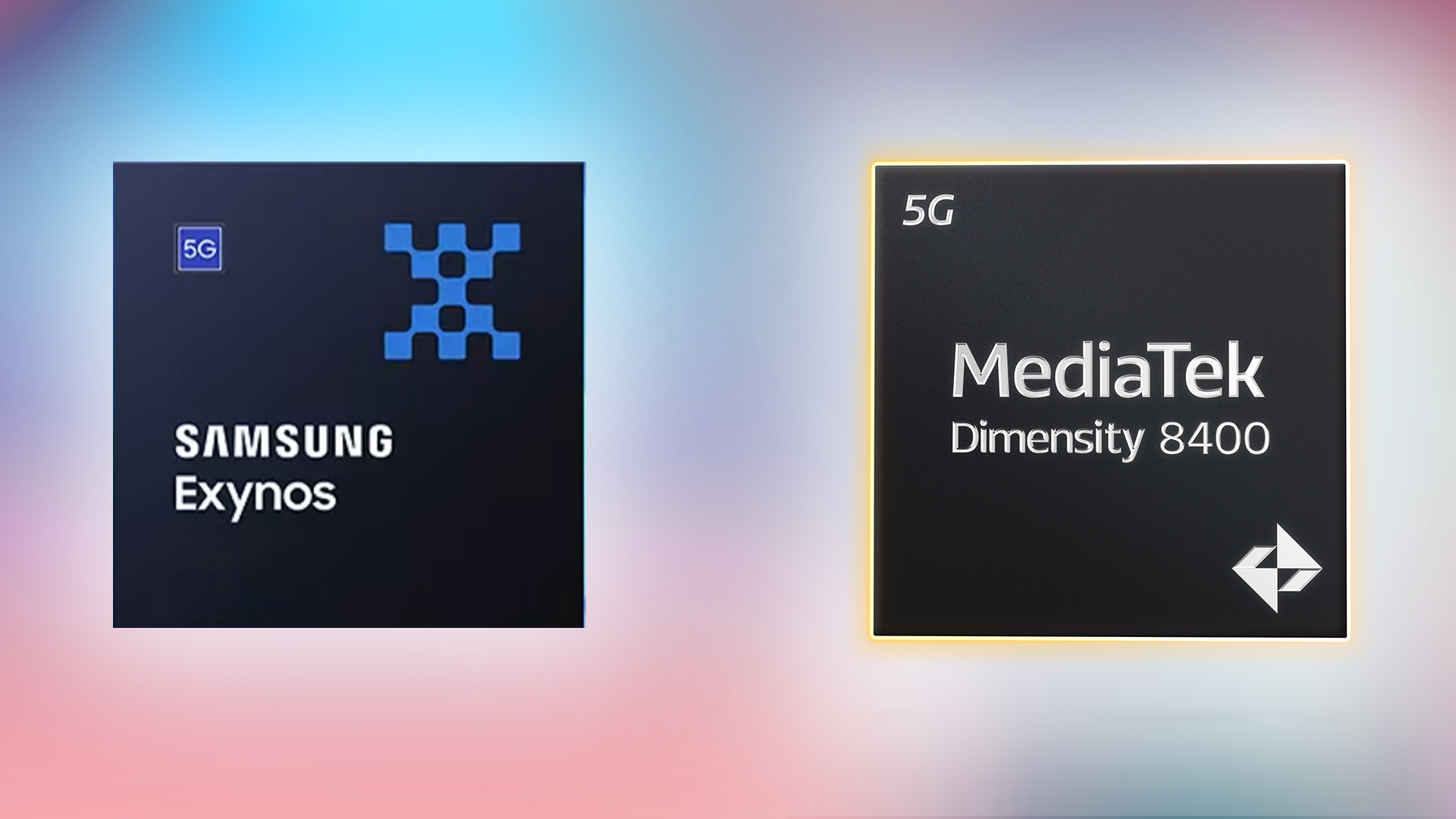
The Exynos 1580 and Dimensity 8400 are mid-range System-on-Chip (SoC) designed to power budget-friendly yet powerful devices. However, the two sides have handled the situation differently. On one side, we have the Dimensity 8400 Ultra, which is all about compute raw performance in its “All Big Core” design. On the other hand, we have the Exynos, which fails to fit the mid-range segment, as devices that use this chip tend to be premium-priced.
Here’s a comparison that highlights both the SoC’s strengths and weaknesses in real-world use cases, such as gaming.
Samsung Exynos 1580
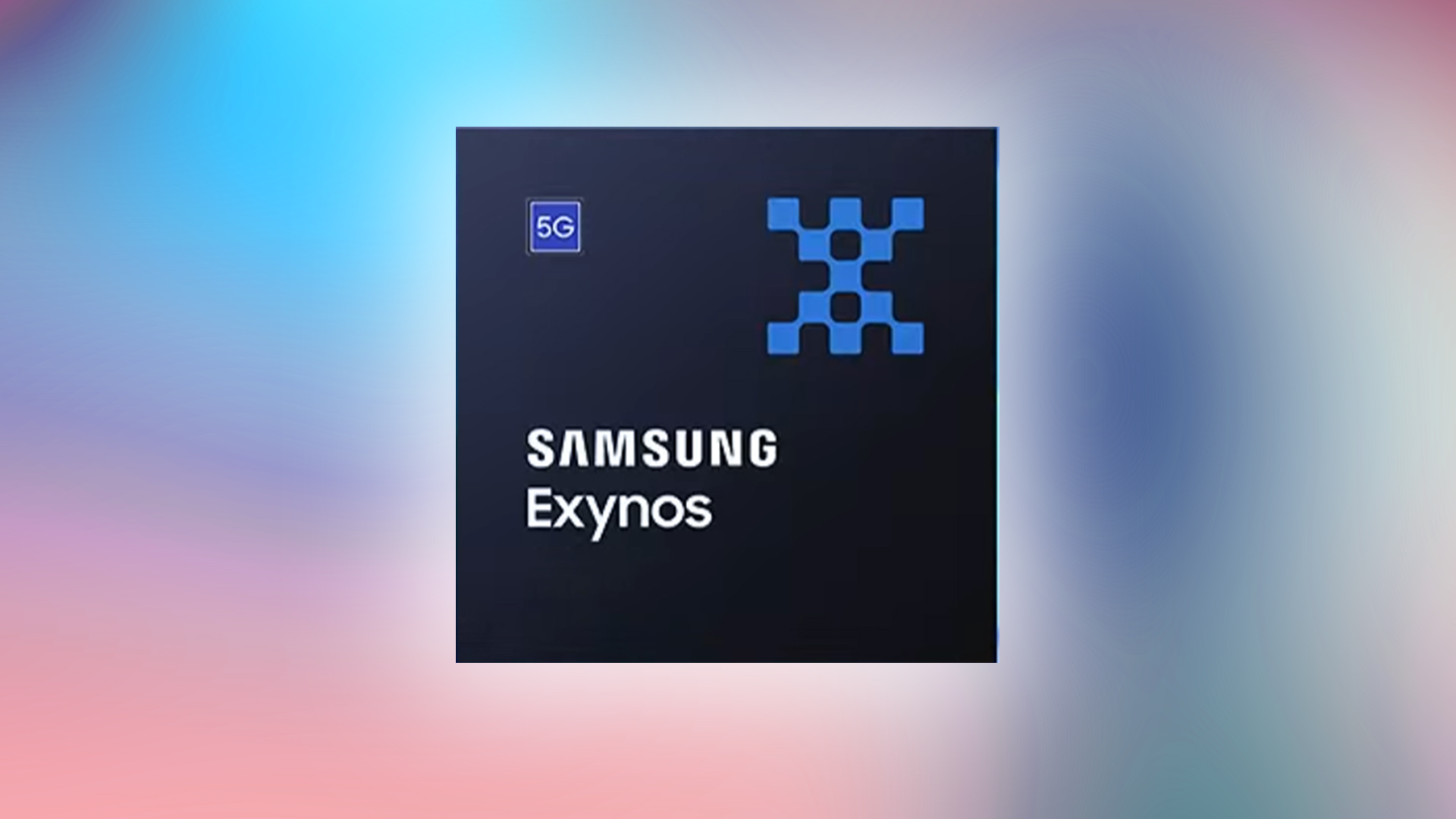
Specifications
- Fabrication – Samsung 4LPP+ EUV FinFET (4 nm).
- Core Configuration – Octa-core (1x Cortex-A720 @ 2.9 GHz, 3x Cortex-A720 @ 2.6 GHz, 4x Cortex-A520 @ 1.95 GHz).
- Samsung Xclipse 540 (RDNA 3 GPU architecture, four cores, 890 MHz boost clock).
- Samsung NPU with up to 14.7 AITOPS.
- Memory Type – LPDDR5 @ 51.2 GB/s bandwidth.
- Sub-6GHz modem + mmWave 5G (5.1 Gbps download).
- Wi-Fi 6E, Bluetooth 5.4 connectivity.
- Up to 200 MP Cameras; video recording up to 4K @60 FPS.
Strengths
- Incorporates AMD RDNA3 GPU architecture and supports AMD FSR technology.
- Supports mmWave for faster and more reliable 5G connectivity compared to Dimensity’s Sub-6GHz-only modem.
- More efficient AI Performance compared to Dimensity, despite low throughput.
Weaknesses
- GPU performance is weaker than the Mali-G720 in the Dimensity 8400.
- Lower memory bandwidth (51.2 GB/s vs. Dimensity’s ~68.2 GB/s).
- Lacks the All Big Core design, which impacts multi-core performance.
MediaTek Dimensity 8400 Ultra
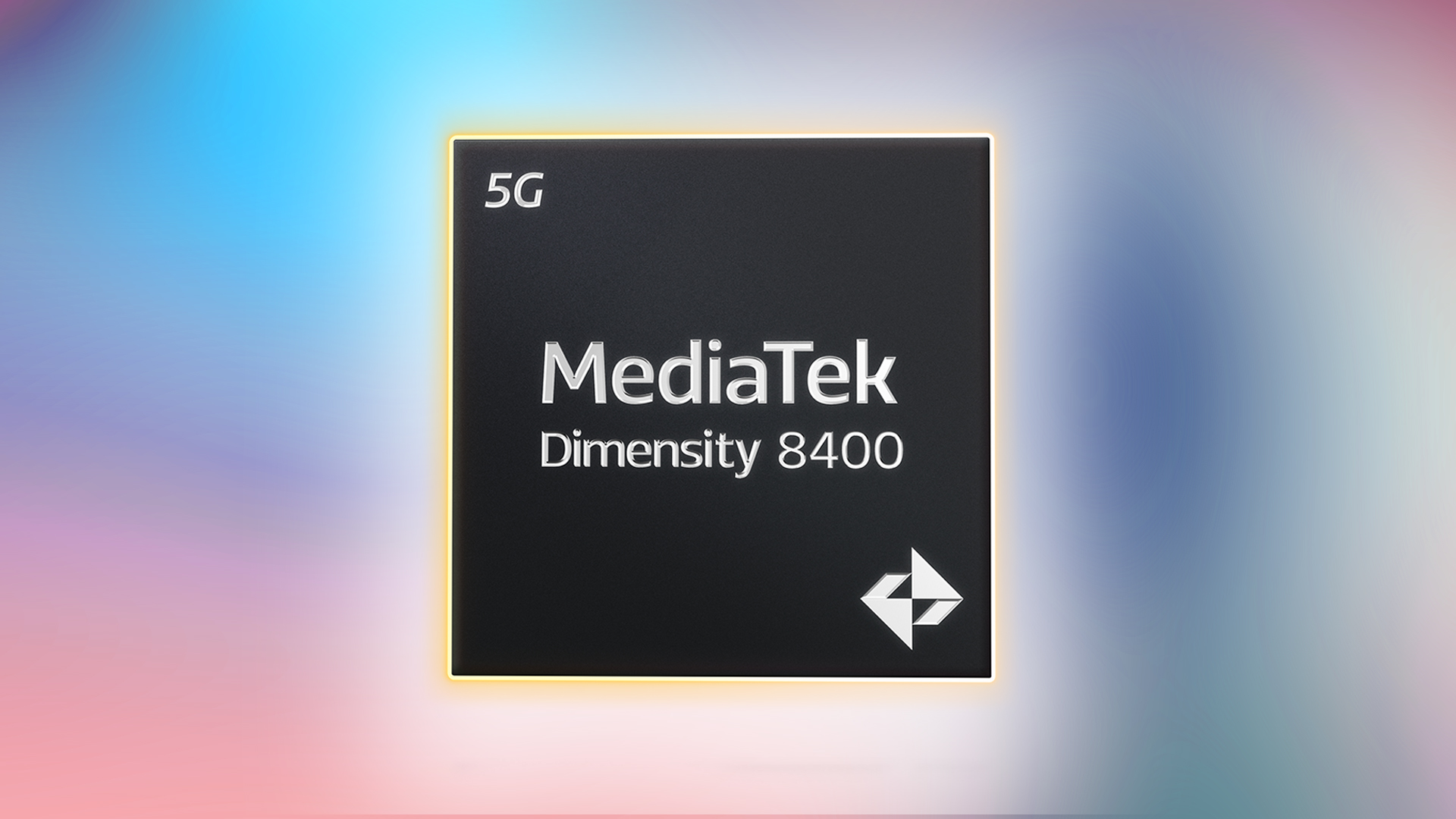
Specifications
- Fabrication – TSMC’s N4P (4nm) process node.
- Core Configuration: Octa-core “All Big Core” design (1x Cortex-A725 @ 3.25 GHz, 3x Cortex-A725 @ 3.0 GHz, 4x Cortex-A725 @ 2.1 GHz).
- Mali-G720 MP7 (Valhall architecture).
- MediaTek NPU for AI Tasks.
- Memory Type – LPDDR5X Up to 68.2GB/s.
- Sub-6GHz modem only (download speeds up to ~5.17 Gbps).
- Wi-Fi 6E, Bluetooth 5.4, Connectivity options.
- Cameras – Up to 320 MP; video recording up to 4K @60 FPS with HDR.
Strength
- All Big Core” design allows for superior multi-core performance.
- Mali-G720 GPU delivers better gaming performance than the Exynos and has features like MediaTek’s Frame Rate Converter (MFRC) and Adaptive Gaming Technology.
- Higher memory bandwidth (~68.2 GB/s) for better multi-threading.
Weaknesses
- Lacks mmWave support, unlike the Exynos.
- Higher power draw due to beefy specs.
Which One Should You Choose? Exynos 1580 vs. Dimensity 8400 Ultra
If gaming and performance are your priorities, the Dimensity 8400 Ultra takes the cake. However, if you value branding, connectivity, and efficiency, the Exynos will be a compelling option.
| Feature | Exynos 1580 | Dimensity 8400 Ultra |
| Lithography | Samsung EUV (4nm) | TSMC N4P (4nm) |
| CPU Architecture | Octa-core | Octa-core (“All Big Core”) |
| Core Configuration | Cortex-A720 + Cortex-A520 | Cortex-A725 |
| Max Clock Speed | ~2.9 GHz | ~3.25 GHz |
| GPU | Xclipse 540 (AMD RDNA3) | Mali-G720 MP7 |
| Memory Bandwidth | Up to ~51.2 GB/s | Up to ~68.2 GB/s |
| Camera Support | Up to ~200 MP | Up to ~320 MP |
| Video Recording | Up to ~4K @60 FPS | Up to ~4K @60 FPS with HDR |
| Connectivity | Sub-6GHz + mmWave | Sub-6GHz only |
| AI Performance | Up to ~14.7 TOPS | Up to ~20 TOPS |
Looking For More Related to Tech?
We provide the latest news and “How To’s” for Tech content. Meanwhile, you can check out the following articles related to PC GPUs, CPU and GPU comparisons, mobile phones, and more:
- 5 Best Air Coolers for CPUs in 2025
- ASUS TUF Gaming F16 Release Date, Specifications, Price, and More
- iPhone 16e vs iPhone SE (3rd Gen): Which One To Buy in 2025?
- Powerbeats Pro 2 vs AirPods Pro 2: Which One To Get in 2025
- RTX 5070 Ti vs. RTX 4070 Super: Specs, Price and More Compared
- Windows 11: How To Disable Lock Screen Widgets
 Reddit
Reddit
 Email
Email
